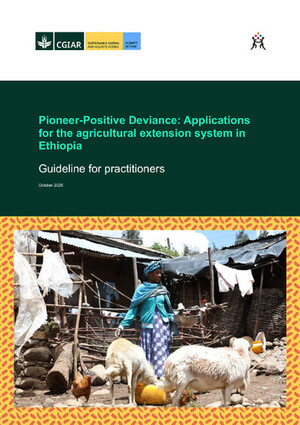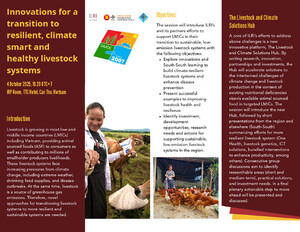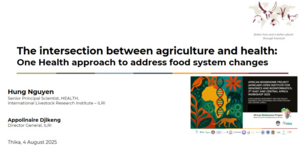
Typology of smallholder production systems in small East-African wetlands
Abstract
Small wetlands increasingly become important agricultural production niches in sub-Saharan Africa. Understanding the diversity of these households may help to develop guidelines for their future use. In this study a typology of households in small wetlands was developed using case studies of 275 farmers from Kenya and Tanzania. Based on a combination of production system attributes land resources, and production objectives, households were categorised into 12 farm types. Production resources, access to cropland on upland, access to market, and non-wetland related livelihood strategies differed between households and translated into different wetland use patterns. Farm types were linked to the prevailing wetland systems. The household typology captured various dimensions in values, attitudes, and goals of farmers and determined their influence on land use decisions. The wetland field: farm size ratio differed significantly between farm types. More than one-third of the households depended completely on cropland in the wetland. The variable nature of household dependence was reflected in diverse production orientations with different levels of land use intensity and subsequent pressure on wetlands. The heterogeneity induced agricultural practices among households and the complexity of the wetland system highlight the need for specific incentives to develop sustainable plans for wetland management.
Citation
Sakané, N., Becker, M., Langensiepen, M. and Wijk, M.T. van. 2013. Typology of smallholder production systems in small East-African wetlands. Wetlands 33(1): 101 - 116










